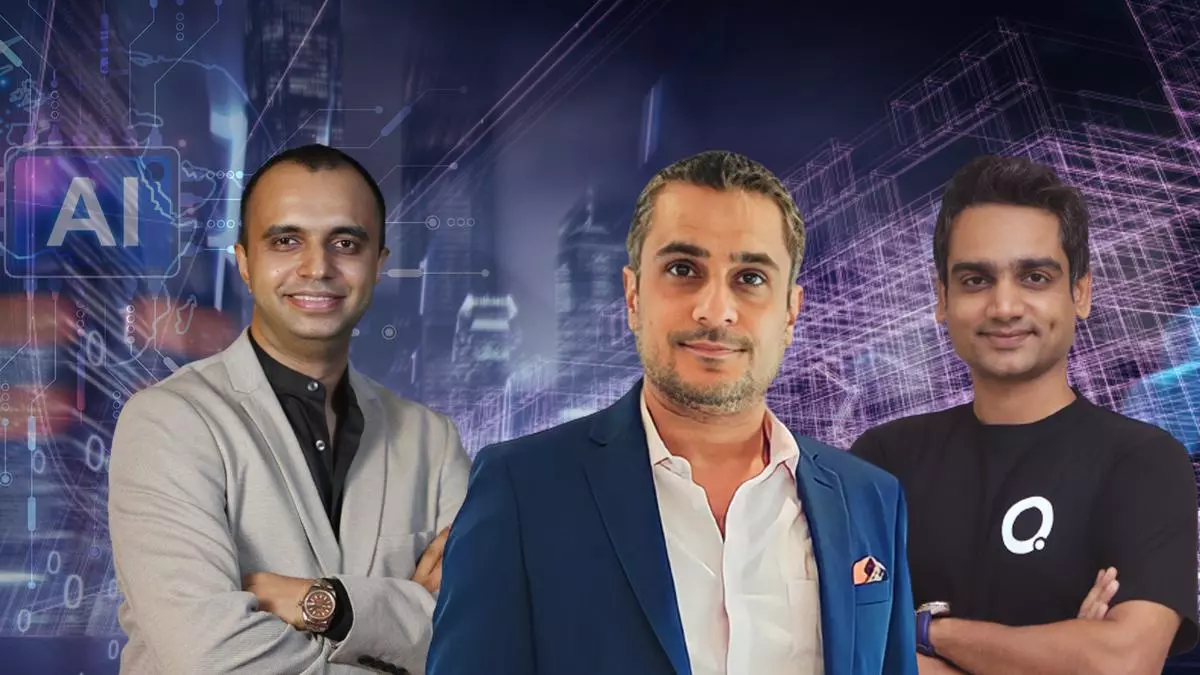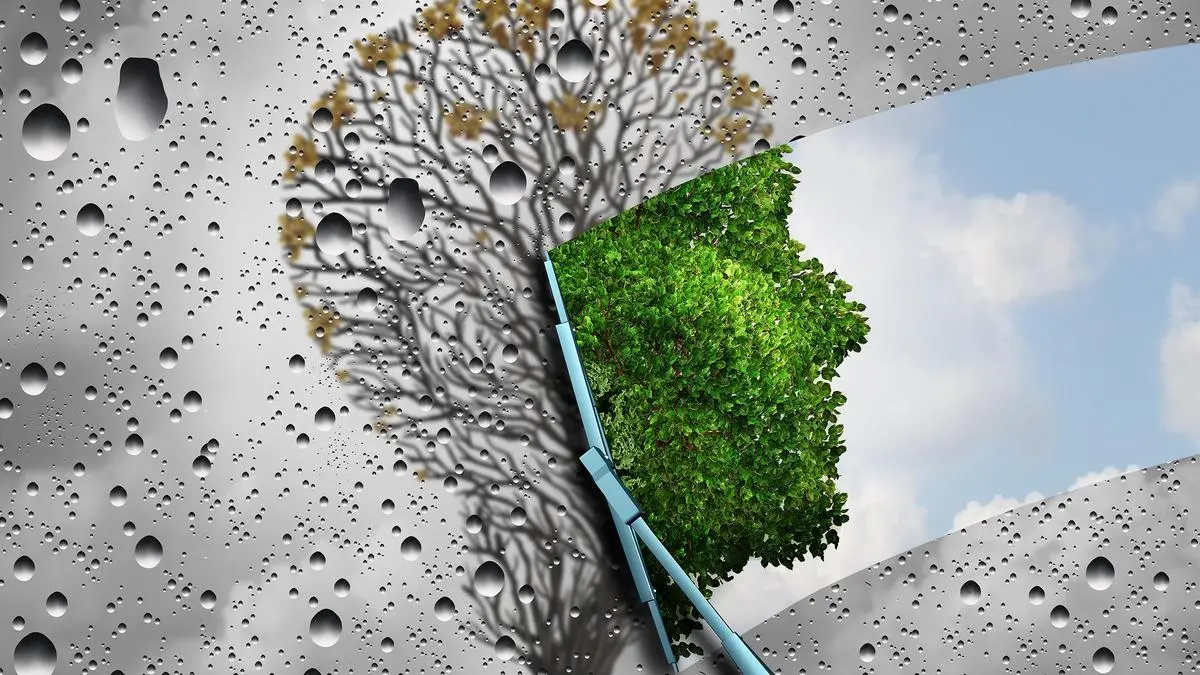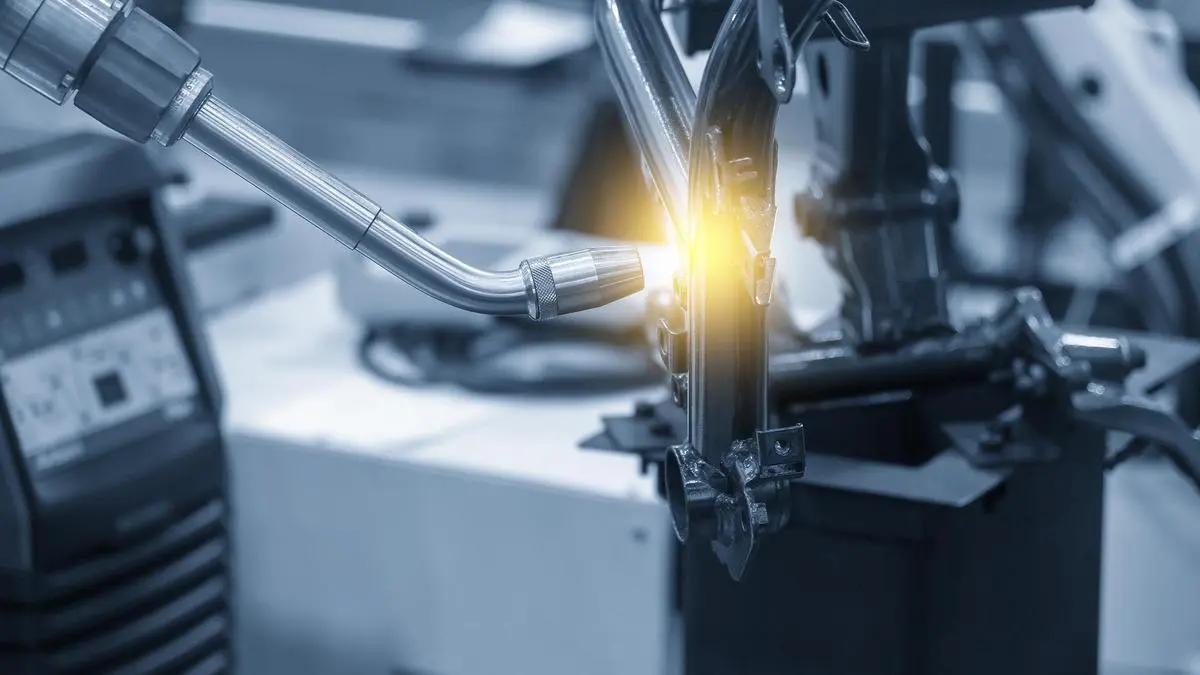The demand for lithium-ion batteries is expected to increase exponentially in the coming years, mainly due to the rise of electric vehicles, electric bicycles, and other high-energy applications such as electronic gadgets. For instance, by 2020, there will be one billion electric cars on the road globally.
In addition, global lithium-ion battery demand is expected to increase from 500 gigawatt hours (GWh) in 2019 to 4 GWh by 2030, which amounts to $2 trillion worth of investment needed for sustainable recycling globally over five years (2019-2025).
Li-ion batteries
Lithium-ion batteries are rechargeable batteries that use lithium ions as the positive electrode. They have a high energy density, meaning that they can hold a large amount of energy in a small space. Because of this, lithium-ion batteries are used in many consumer devices and electric vehicles. Larger lithium-ion batteries are also used to store energy from solar panels and wind turbines.
The typical lifespan of lithium-ion batteries is around 2,000 cycles (or thousands of charge/discharge cycles). The maximum lifespan for all types of rechargeable cells is about 1 million cycles; however, repeated cycling can reduce their performance significantly over time.
The demand for lithium-ion batteries is expected to grow at a CAGR of 9.6 per cent from 2020 to 2025. However, there is a lack of supply of lithium-ion battery raw materials in the world, and hence there has been an increase in price over time due to the limited availability of these raw materials.
Significance of recycling
Recycling lithium-ion batteries is essential to reduce the environmental impact of battery waste and to recover valuable metals. The recycling process involves the recovery of metals such as cobalt, nickel, and lithium from spent batteries. These metals can then be used to manufacture new batteries, reducing the need for mining new raw materials.
Several recycling technologies are available, including pyrometallurgy, hydrometallurgy, and biometallurgy. Pyrometallurgy involves the use of high temperatures to melt the battery components, while hydrometallurgy uses chemical solutions to dissolve the metals. Biometallurgy involves the use of microorganisms to extract metals from batteries.
Sustainable recycling
Sustainable recycling of lithium-ion batteries is essential to address the increasing need for batteries and minimise the environmental consequences of battery waste. A novel recycling
A method known as the “Hybrid Hydrometallurgy Process” has been developed, utilizing water as a key component in the recycling of lithium-ion batteries. This process offers a carbon-negative alternative compared to traditional recycling and mining techniques.
Recycling in India
India is one of the largest markets for lithium-ion batteries in the world. However, the country lacks a comprehensive policy framework for battery recycling. The government of India has recently launched the National Programme on Advanced Chemistry Cell Battery Storage to promote research and development in advanced battery technologies and to establish a robust recycling ecosystem for lithium-ion batteries.
In conclusion, the demand for lithium-ion batteries is expected to increase exponentially in the coming years, and sustainable recycling of lithium-ion batteries is crucial to meet this demand and reduce the environmental impact of battery waste. Recycling lithium-ion batteries can recover valuable metals and reduce the need for mining new raw materials. Governments and industries must invest in sustainable recycling technologies to ensure a circular economy for lithium-ion batteries.
The author is the co-founder and CTO of MiniMines Cleantech Solutions





